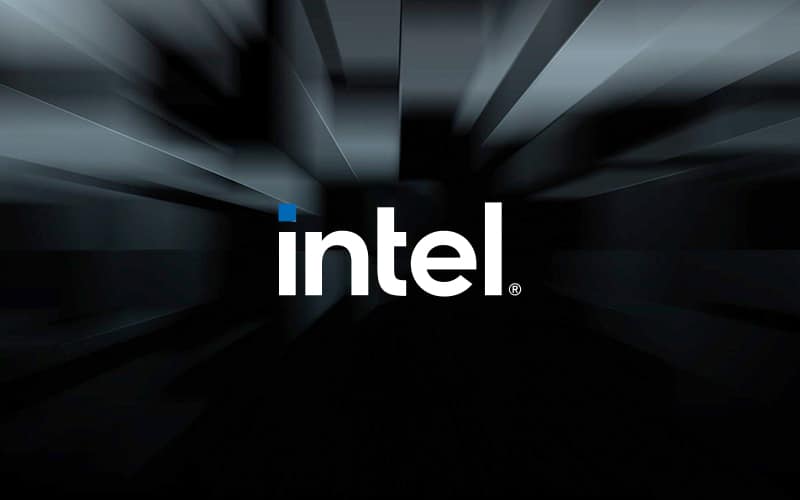The multinational semiconductor manufacturer Intel unveiled its new Bitcoin mining chip ‘Intel Blockscale ASIC’. This application-specific integrated circuit (ASIC) will provide customers with energy-efficient hashing for proof-of-work consensus networks.
This second-generation bitcoin mining chip is designed to operate on proof-of-work blockchains using SHA-256 encryption. In addition, Blockscale will have a hash rate of 580 gigahash per second (or 0.58 terahash per second, TH/s), consuming between 4.8 to 22.7 watts of power. It also has an energy efficiency of up to 26 joules per terahash (J/TH).
Each chip can be merged and combined into a single minting unit, increasing its output with a maximum of 256 integrated circuits per chain. Theoretically, a mining unit consisting of 256 Blockscale chips would have a total hash rate of 148.5 TH/s and consume between 1,228 to 5,811 watts of power at around the same energy efficiency.
Other specifications include on-chip temperature and voltage sensing capabilities, and reference hardware design and software stack to jump-start customers system development.
Intel plans to start shipping Blockscale during the third quarter of 2022. Block, Argo Blockchain, and Hive Blockchain Technologies as well as GRIID infrastructure will be among the first companies to develop new systems based on the firm’s ASIC.
Jose Rios, general manager of blockchain and business solutions in the accelerated computing systems and graphics group at Intel, showed his excitement for this collaboration. He said that the Intel Blockscale ASIC will play a vital role in helping Bitcoin mining firms achieve both hash rate scaling objectives and sustainability in the years ahead.
Intel, in February, had also revealed its Bitcoin mining Bonanza Mine ASIC (BMZ2), powered by a 3.600 W miner capable of delivering up to 40 TH/s. This string of initiatives intends to accomplish the ultimate goal of improving bitcoin-mining efficiency.






